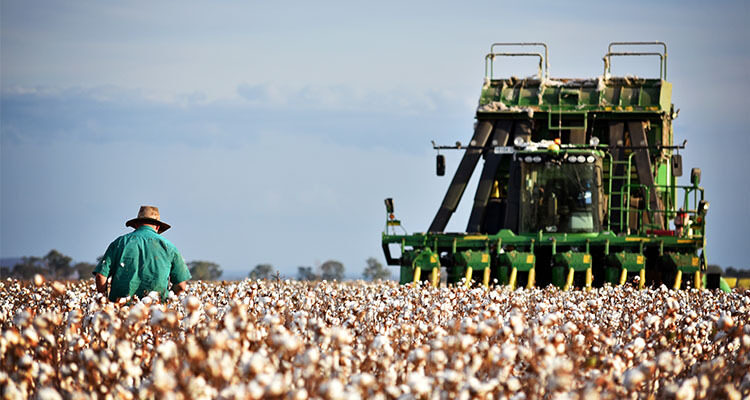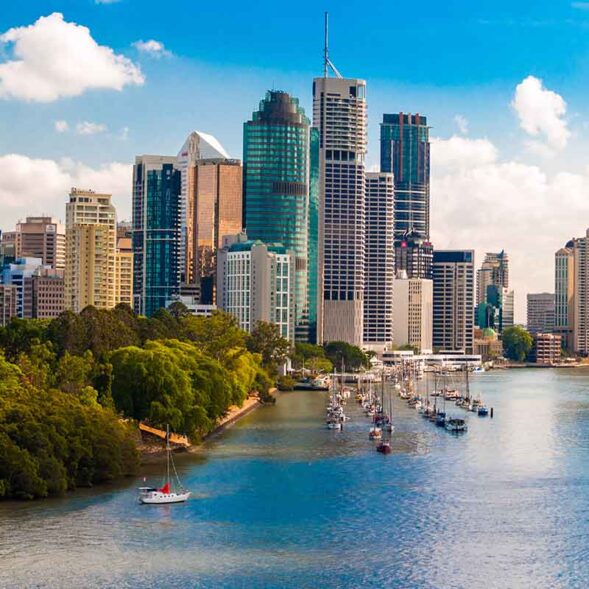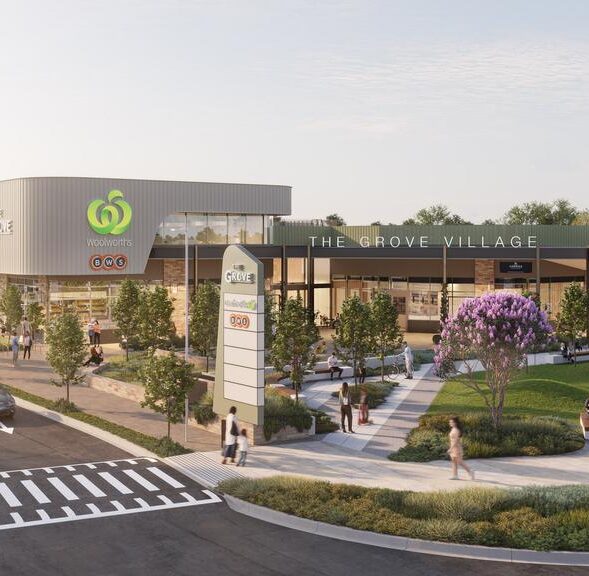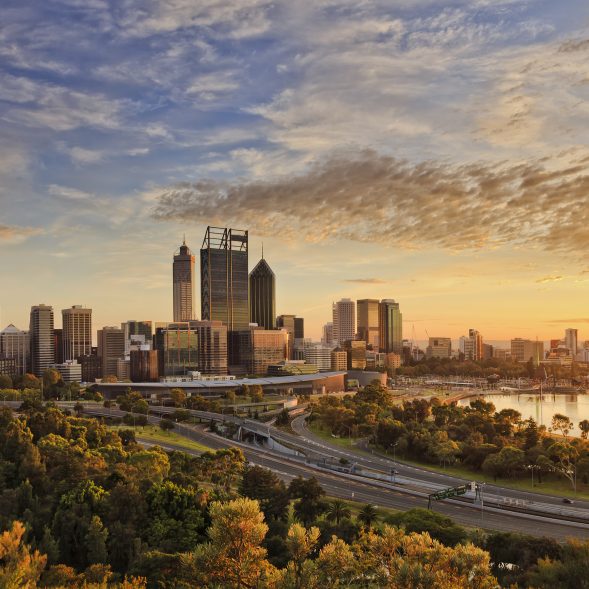This month we review market activity for rural land developed to cotton production which generally extends from Deneliquin in the south to Emerald in the north, with new frontiers emerging in the Queensland Gulf and Ord River Irrigation Area in northern Australia.
What is clear is that water has become a key component of value within these irrigated cropping assets, and at times can attract a level of demand far higher than the land itself.
With scarcity emerging of both land and water in long-established growing regions, cotton farmers have sought out land in new geographic regions which benefits from more secure water and, on face value at least, better affordability, however comes with seasonal and logistical challenges.
Commodity Trends
There has been a moderate softening of the global price of cotton over the past 24 months with current values remaining lower than at any point during 2023 or 2024. Despite this the current price, which at the time of publication is in the order of $600 per bale, remains broadly in line with the 10-year average. Given the increasing cost of production, many growers now consider this price to be “the new 500”, with reference to the previous minimum price per bale at which growing a crop is worthwhile.
Seasonal Conditions
Seasonal conditions throughout most cotton regions have been favourable although mixed, ranging from very dry in the south, to wet in the central and northern regions, which has in some cases impacted yields and downgraded quality.
For the next 12 months the Australian Bureau of Meteorology is forecasting warmer than average days with increased change of unusually high daytime temperatures throughout the eastern states, although rainfall is expected to be within typical ranges.
Southern New South Wales
The irrigated row crop property market in southern New South Wales was relatively quiet in the late part of 2024 and throughout early 2025 with only smaller transactions occurring in the Murray Irrigation Area and Riverina. Above average cotton yields over the past two years coupled with consistent water allocations and reasonable temporary water prices have led to good returns to growers across the cotton industry in the region. To this end, quality irrigated holdings have generally remained tightly held with only a few smaller transactions occurring in the market.
The only significant recent irrigation sale includes the Commins Aggregation at Whitton (south of Griffith), comprising a 2800 hectare portfolio of 10 holdings sold in July 2024 for around $88 million which included significant water entitlements. The properties were very well developed with automated bankless channel and the irrigation developed areas reflected a rate of $12,000 per hectare (excluding water). The purchaser was a private investor with other significant irrigated and non-irrigated holdings in New South Wales.

Macintyre Valley/Darling Downs
While land value growth in this location has stabilised over the past 12 months, water markets in this location have been subject to an extremely high level of positive growth in recent times. This has primarily been driven by the Commonwealth Government’s decision to actively acquire water entitlements from the Border Rivers area as part of the Strategic Water Purchasing Framework.
As a result, scarcity of water in these schemes has increased and both corporate and private buyers in this location have been active, with a high level of competition to secure water to support irrigation developments on existing farms.
While the market value uplift in water values has been created by a somewhat external influence, values should be underpinned by the scarcity of supply.
Key sales include:
Worrel Creek: Acquired by an institutional investor for $340 million and reflects a rate of $9,400 per hectare (excluding water) for the developed irrigation component, and values up to $12,000 per megalitre for the Class A water entitlements.
Maplemoor: Purchased by a nearby grower late in 2024 for $19 million. Analysis of the sale indicates values of $7,200 per hectare (excluding water) for the developed irrigation area, $12,000 per megalitre for the Class A water, and $7,000 per megalitre for the Class B water entitlements.
Central Queensland
Cotton has been grown for some time around Theodore and Moura on the Dawson River, and in the Emerald area within the upper Fitzroy Basin catchment. There are fewer farms in this location relative to the Murray Darling area, which results in a more thinly traded market.
One of the few recent sales in this location was Codenwarra West, which sold late last year for just over $20 million on a bare basis (i.e. excluding water, crop, plant and machinery). Analysis of this sale reflects a rate of $7,000 per hectare (excluding water) for the developed irrigation land, which is marginally lower than corresponding land in the Border Rivers and southern growing districts.
The property previously sold in 2019 for $18 million (inclusive of water entitlements) and after adjustments for inclusions in each transaction, the recent sale indicates a 135 per cent increase on the previous sale.
Northern Emerging Locations
After a run of property purchases during 2022 and 2023 for conversion to cotton in the Gulf region of Queensland, Katherine in the Northern Territory and Ord River Irrigation Area in the northern part of Western Australia, there have been very few subsequent sales acquired for the same purpose.
Infrastructure has been developed to support the expansion of cotton in these locations, including a gin in Katherine and another in Kununurra due for completion in the coming months, and with this it appears that market appetite remains from buyers, although not at the same level as the 2022 and 2023 market peak.










